Palace Personalities - Igor Sikorski and Nicholas II
The Grand Watch
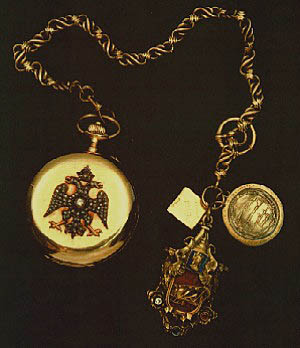
Although one obstacle was over, the Aircraft's construction, another remained. Until now Igor's total flight time amounted to fifteen minutes in the air. The life-span of his previous aircraft were measured in seconds and sometimes minutes, with two ending abruptly in crashes. On May 17th Igor flew the S-5 and for the first time in his life felt confident that the flight would not be a failure. "Having successfully made my first turn, I became confident that I could make others and for the first time I looked freely around and realized the joy and beauty of flying. This was a happy day. The two and a half years of hard work had finally resulted in success."
On August 18, 1911 the Imperial Aero Club of Russia issued Igor his pilot's license after he passed an examination using the S-5 that included five figure-eights, landing and other maneuvers.
Later in the fall Igor for the first time made a small amount of money flying exhibition flights at the neighboring town of Bielaia Tzerkov. While flying there an accident occurred which was to influence aviation history. The demonstration flight started from a race track which was surrounded by houses, trees and a railroad station. Igor took off and climbed to 150 feet, clearing the trees before his engine stopped. He had no chance to turn back due to insufficient altitude and elected to crash-land in the railroad yard. The landing gear was distorted, the plane turned over and came to a rest fifty feet before a stone wall. After this mishap Igor began thinking that the only protection from the hazards of forced landings due to engine failure, frequent at that time, was the necessity of several motors, independent of each other.
On September 17, 1912 during a dinner with Mr. Shidlowsky, Chairman of the Board of the Russian Baltic Company, Igor described his idea for a large multi-engine aircraft. His host urged Igor to continue with more details and at the end of the evening Mr. Shidlowsky's brief comment was "Start construction immediately."
In November 1912 the progress of work on the world's first four-engine plane, "The Grand", was well under way. Early in 1913 the fuselage and wings were produced and during the second week of May the plane was completed. At about 10:00pm on May 13, 1913 The Grand flew making aviation history. It was the world's first successful four-engine airplane and literally with every flight the Grand established one world's record after another.
Early in July a message was received informing Igor that His Majesty the Emperor of Russia wanted to inspect the Grand during the Army maneuvers in Krasnoe Selo. The Emperor came to inspect the plane with the Grand Duke Nicholas and several officers. Having looked the plane over from the outside he expressed a desire to see the cabin. All the Emperor's queries were reasonable and sound from an engineering point of view. Following the inspection Igor received a personal present from the Emperor, a gold watch with the imperial eagle in diamonds.
During his life Igor experienced difficult times, however he never parted with this grand watch. The watch remains today with the Sikorsky family.
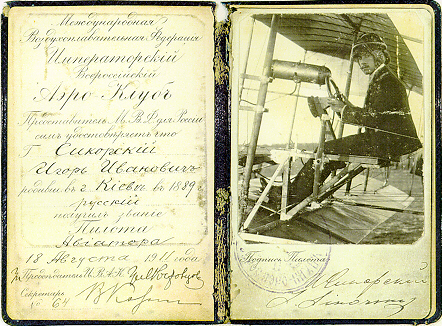
The information on this page came from the Igor Sikorski Archives site.

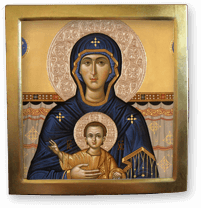



 Imperial Bedroom
Imperial Bedroom Portrait Hall
Portrait Hall Mauve Room
Mauve Room Maple Room
Maple Room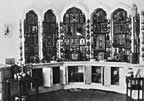 Aleksey's Bedroom
Aleksey's Bedroom Nicholas's Study
Nicholas's Study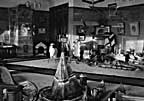 Aleksey's Playroom
Aleksey's Playroom Formal Reception
Formal Reception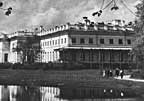 Balcony View
Balcony View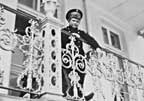 Aleksey- Balcony
Aleksey- Balcony Children-Mauve
Children-Mauve Nicholas's Bathroom
Nicholas's Bathroom Alexandra- Mauve
Alexandra- Mauve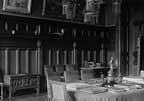 Nicholas's Reception
Nicholas's Reception Tsarskoe Selo Map
Tsarskoe Selo Map